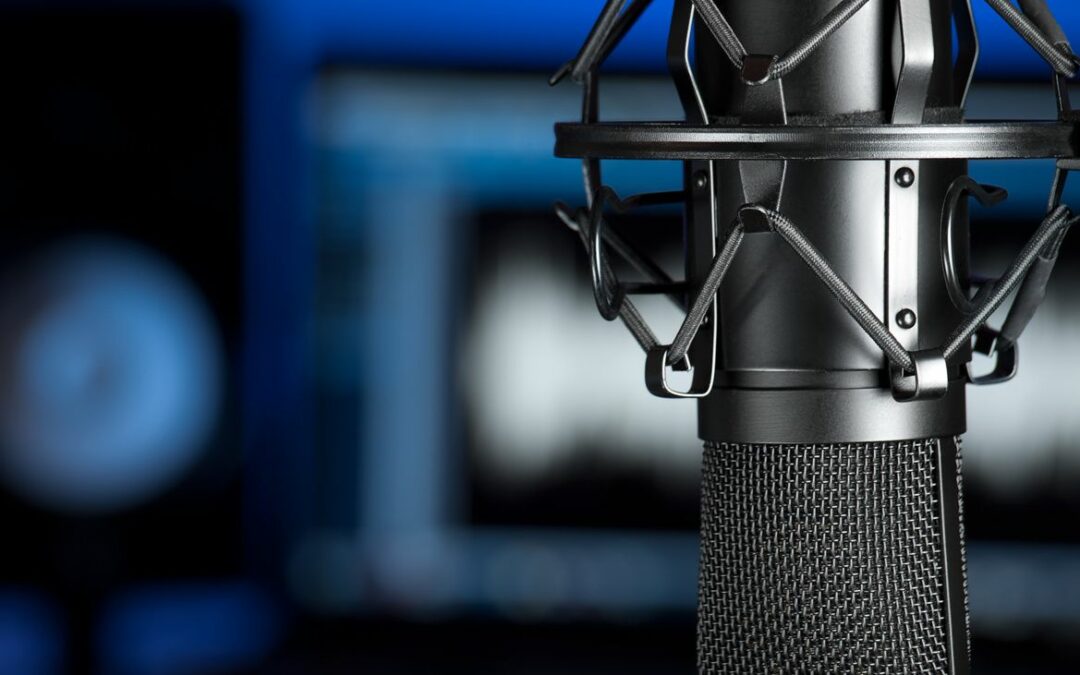By Jonathan Knight, Ph.D. and Carl Kukkonen
On March 7, 2019, the PTAB issued a new precedential order that helps to clarify a petitioner’s briefing rights in view of a recent update to the AIA Trial Practice Guide.
The new order is Lectrosonics, Inc. v. Zaxcom, Inc., Case IPR2018-01129, -01130, (PTAB Feb. 25, 2019) (Paper 15). Lectrosonics provides guidance and information regarding statutory and regulatory requirements for a motion to amend, such as: (1) contingent motions to amend; (2) the burden of persuasion that the Office applies when considering the patentability of substitute claims; (3) the requirement that a patent owner propose a reasonable number of substitute claims; (4) the requirement that the amendment respond to a ground of unpatentability involved in the trial; (5) the scope of the proposed substitute claims; (6) the requirement that a patent owner provide a claim listing with its motion to amend; (7) the default page limits and submitted evidence requirements that apply to motion to amend briefing; and (8) the duty of candor.
Lectrosonics replaces Western Digital Corp. v. SPEX Techs., Inc., Case IPR2018-00082, -00084 (PTAB Apr. 25, 2018) (Paper 13). See our earlier post dated June 1, 2018 for a discussion of Western Digital. (here). No new citations to Federal Circuit cases are introduced in Lectrosonics. The only significant change as compared to Western Digital is new guidance on briefing requirements after a motion to amend is opposed:
Generally, a reply or sur-reply may only respond to arguments raised in the preceding brief. A petitioner’s sur-reply may not be accompanied by new evidence other than deposition transcripts of the cross-examination of any reply witness. A petitioner’s sur-reply should only respond to arguments made in a reply, comment on reply declaration testimony, or point to cross examination testimony.
(internal citations omitted)
This guidance promulgates some of the briefing standards introduced in the August 2018 update to the AIA Trial Practice Guide. See Office Patent Trial Practice Guide, August 2018 Update, 83 Fed. Reg. 39,989 (Aug. 13, 2018), 14, 15. Of note, these changes will likely apply to the PTAB’s pilot program for claim amendments, which will begin this year. As explained in our post dated November 2, 2018, this pilot will introduce a modified briefing cycle that includes sur-replies as a matter of course. (here). Lectrosonics should help ensure efficient implementation. Further analysis on the PTAB’s new motion to amend practice is forthcoming.
Matthew Johnson
Latest posts by Matthew Johnson (see all)
- PTAB Allows Three Concurrent IPR Petitions for Unusual Patent Claims - April 25, 2025
- PTAB Finds Petition Time Barred - April 22, 2025
- Federal Circuit Reverses District Court’s Application Of Collateral Estoppel - April 11, 2025

